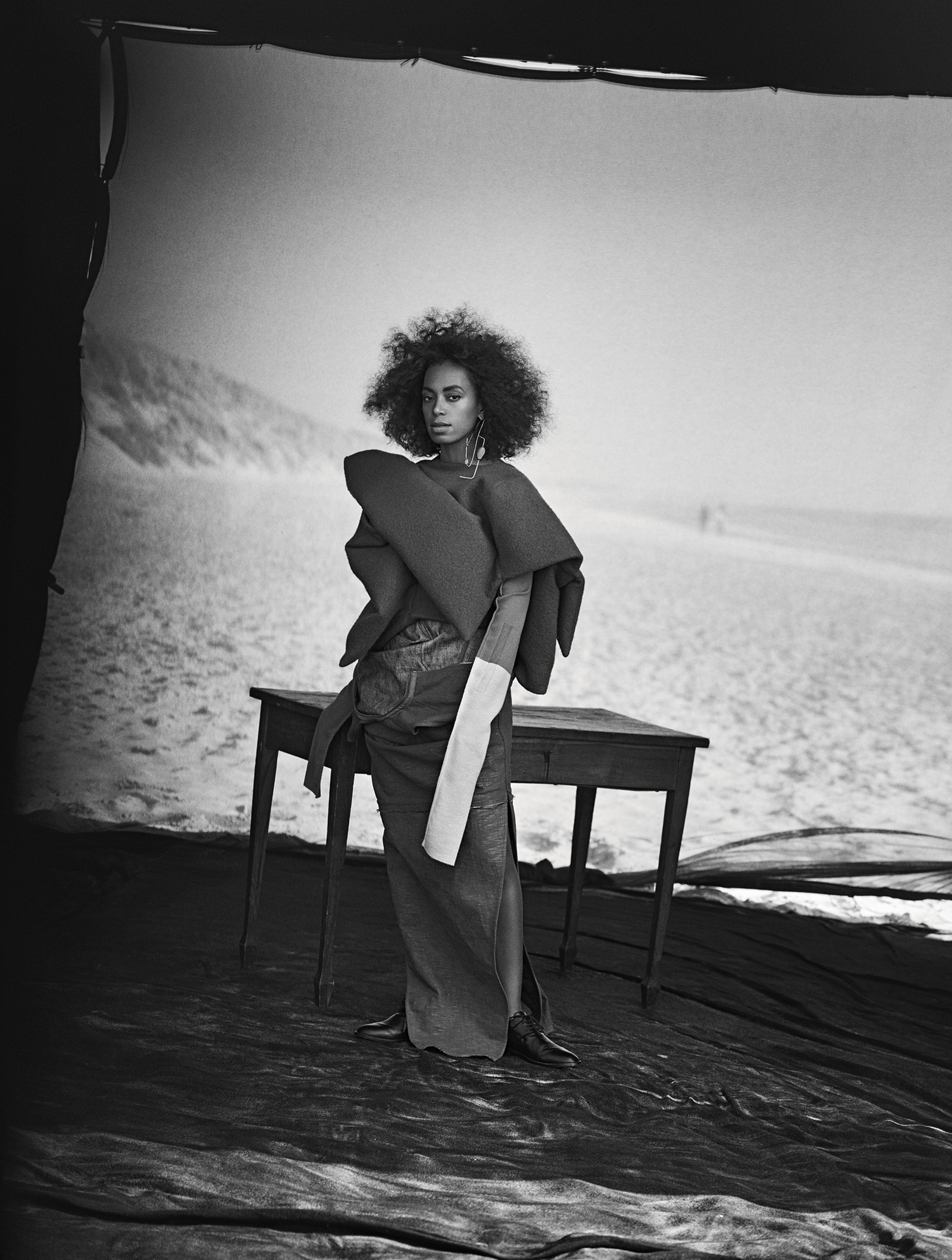“The world is wrong. You can’t put the past behind you. It’s buried in you; it’s turned your flesh into its own cupboard. Not everything remembered is useful but it all comes from the world to be stored in you. Who did what to whom on which day? Who said that? She said what? What did he just do? Did she really just say that? He said what? What did she do? Did I hear what I think I heard? Did that just come out of my mouth, his mouth, your mouth? Do you remember when you sighed?”
In Claudia Rankine’s Citizen: An American Lyric, the poet, essayist and playwright critically unpicks modern race relations. Modern in that it is not the lynching, enslaving and segregation of stories past, the ones that have muddied American history books for centuries, but a much more subtle form of racism – one more complicated and undetectable than the blatant discrimination of Jim Crow. She meditates on the insidious micro-aggressions; the glances, the indiscreet statements and the infuriating stereotypes that pepper the lives of people of colour. Framed in seven chapters, Rankine draws on everything from the media’s condemnation of Serena Williams and Zinedine Zidane’s head butt of Marco Materazzi in the 2006 FIFA World Cup Final to a more sobering poem about the August 2011 shooting of Mark Duggan that sparked that summer’s London riots. Probably most poignant is the book jacket of Citizen – a single grey cotton hood pinned to a white background. This artwork, In the Hood, by David Hammons, was first shown in 1993 at the Mnuchin Gallery in New York but eerily predicts the hoodie as a symbol of the fatal end met by Trayvon Martin in 2012 and a metonym of being young, black and male in present-day America.
“I’d love to say, ‘Yes I worked on the album, delivered it and it solved all of my problems and all of the complexities for me,’ but it didn’t. I’m trying to work through everything I felt on the album, it’s a work in progress” – Solange Knowles
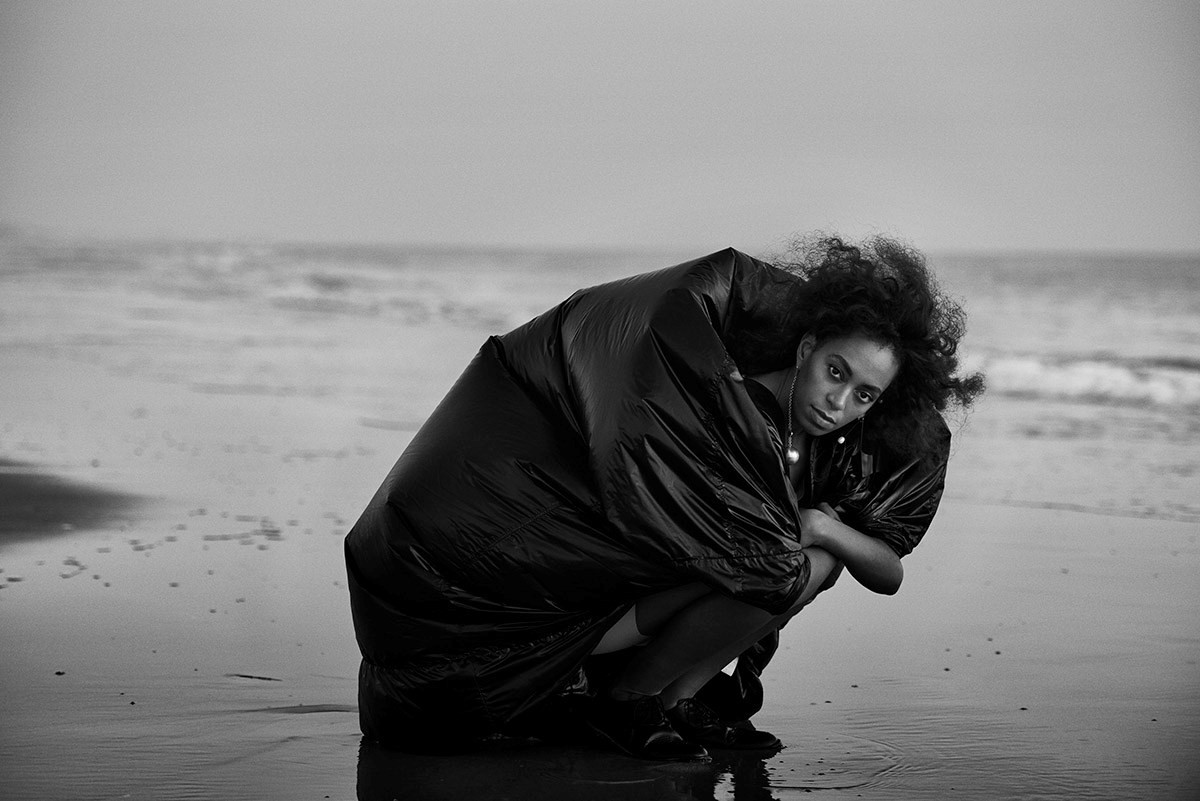
Citizen, a collection of poems, criticism and prose, is one of the central inspirations of Solange Knowles’ A Seat at the Table, her Grammy Award-winning album that ruminates on those same themes of race, identity, anger, fear, self-care and self-love. “When I look back, there had been a number of things that had happened personally. There were other explorations that I was working through to just be comfortable in saying, ‘You know what? This is the work of a black woman’, and being confident in saying that and not trying to make it universal and dumb that down. I am so grateful to have other black women artists and writers like Claudia who have helped me reach that point – to be able to have ownership of my artistic journey.”
That artistic journey reaches its apex by way of A Seat at the Table, which in 21 tracks sonically captures the temperature of the times – searing hot with racial tension and cold with a lack of empathy. “The everyday stories and incidents I had been hearing all around me – all of those things were really embodied in those early sessions recording the album. I knew it was the album I had to write. Whether I felt fear, whether I felt unprepared to have the conversation, whether I had major doubts, it was not up to me. I was not writing anything else,” Knowles explains.

With cultural conflicts and intergenerational racism prevalent in American headlines, she chose to embrace the pain expressed in the media. Written around the time of Trayvon Martin’s death, a number of shootings involving black males mercilessly slain by officers who were later acquitted and the subsequent Black Lives Matter movement, Knowles enlisted A Tribe Called Quest’s Q-Tip; soul singer Raphael Saadiq; her father, Mathew, who relates his own experiences of racism as a young boy; her mother, Tina Knowles, who talks about racial pride in one of the album’s interludes, Tina Taught Me; and the No Limit Records founder Master P, who recounts the story of his remarkable rise. Dispersed throughout the album, all tell the story of black joy and black grief. With it, Knowles has made her most commercially successful album to date.
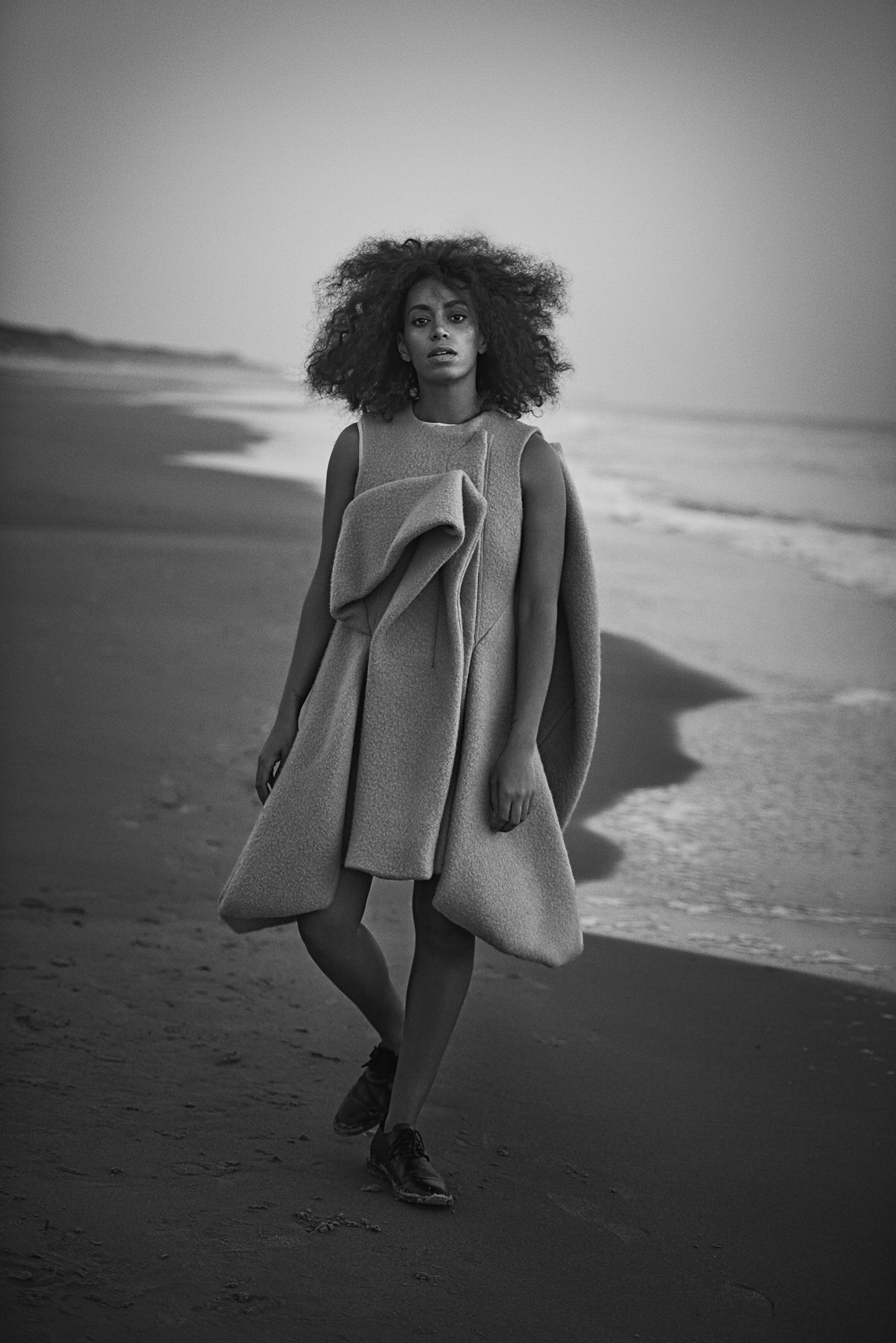
A Seat at the Table was written everywhere from Ghana’s capital, Accra, to Knowles’ current home in New Orleans and her maternal grandparents’ former home town of New Iberia, Louisiana, from where they had been chased out by a thriving Ku Klux Klan. She set up shop on an old sugar plantation and used the experience to spiritually connect with her ancestry, which is rooted in the Southern state, embarking on what she called “a pursuit of truth and beauty”. The results are generational anthems that cut through in a similar way to Billie Holliday’s Strange Fruit and Nina Simone’s Young, Gifted and Black. Take FUBU (an acronym for For Us, By Us) – a play on the name of the hip-hop apparel company that made its working-class founders multi-millionaires at the height of the brand’s popularity in the 90s. Bluesy and unhurried in its tempo, FUBU’s lyrics include: “When you driving in your tinted car/And you’re criminal, just who you are/But you know you’re gonna make it far/All my niggas in the whole wide world/Made this song to make it all y’all’s turn/For us, this shit is for us”. Don’t Touch My Hair describes in detail the often fraught relationship black women have with their hair, and the fetishisation of that hair by other cultures. Growing up in her mother’s hair salon, Knowles knew first-hand the politics of black hair and the issues that wearing it in its natural state has raised for scores of black women. “Don’t touch my hair/When it’s the feelings I wear/Don’t touch my soul/When it’s the rhythm I know/Don’t touch my crown/They say the vision I’ve found/Don’t touch what’s there/When it’s the feelings I wear”. In just over four minutes, she perfectly elucidates the pride and power in the puff of an afro, the regality of cornrows, and honour in a crown of tight curls.
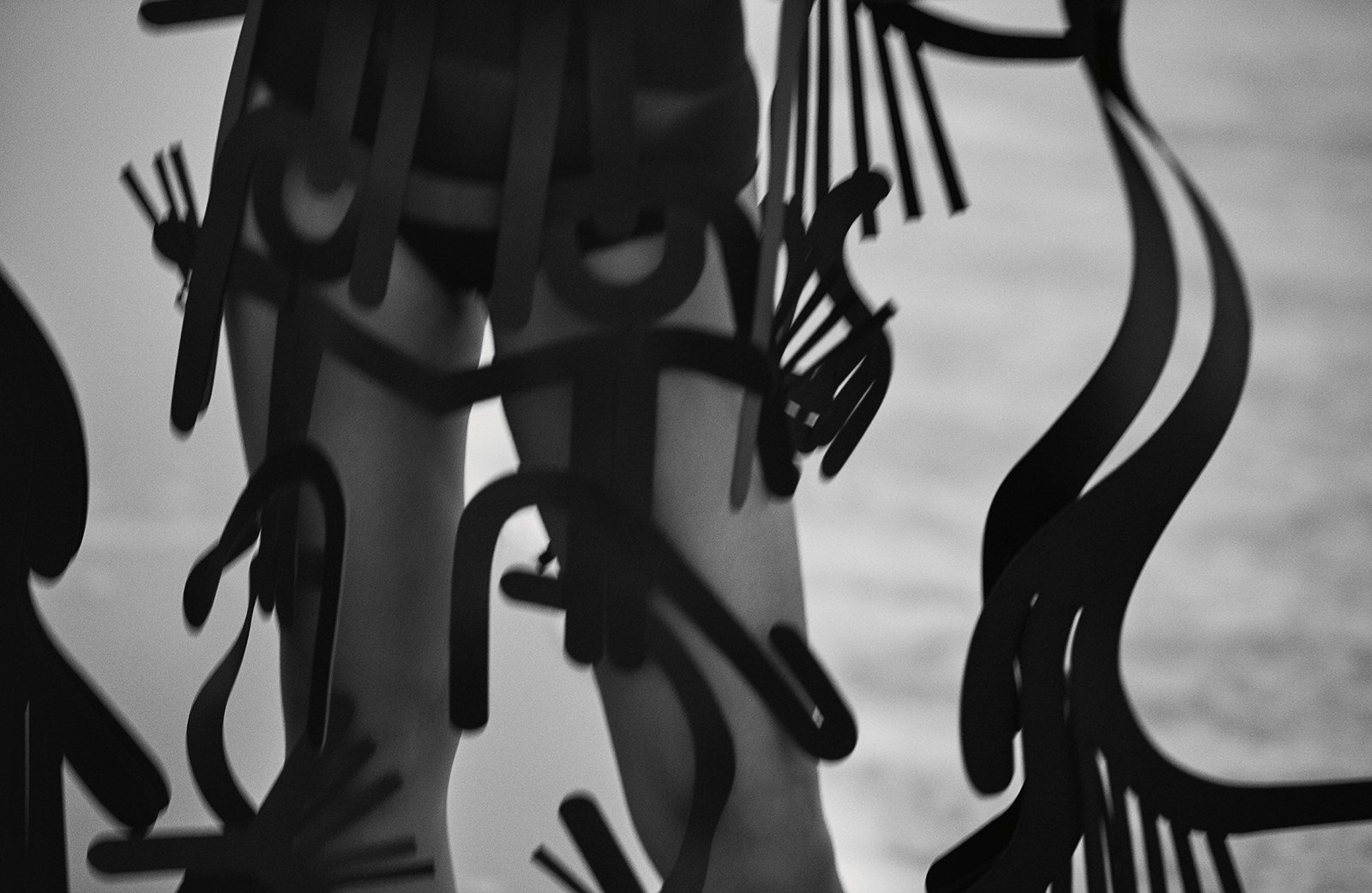
Born in 1986, Solange Knowles rose to prominence as the younger sister of Beyoncé Knowles, who through her roles as lead singer of girl-group Destiny’s Child and a record-breaking solo artist, sped through the 90s and early 00s to become a cross-cultural superstar. Solange Knowles, in her own words, “was always creating something” whether it be a play, a song, or a choreographed piece. “I mean this sort of thing started when I was probably about three. When I got to the fourth grade, there was a statewide contest in the district. United Way was looking for a new jingle and they had a contest for elementary and middle-school students to submit a song to be debuted on a commercial. I had always written my thoughts and poetry in my little journal but I guess I had never thought about the construct of songwriting that much. I was nine. So I came up with the melody first, and I felt really strongly about my melody and still remember it today. Then I went back and filled in the lyrics, which were really simple and straightforward. I recorded it and sent it in and about two months later found out that I won. That instilled a lot of confidence in me in terms of how I could communicate musically. I grew up in a house full of women, so being the youngest I felt it was increasingly difficult for me to convey my perspective and point of view.”

She honed in on both songwriting and dance as a means of self-expression. Encouraged by her parents, she spent summers, from the age of five to 13, in a dance studio in her hometown of Houston, Texas with dreams of going to Julliard. “I was happy going to that dance studio and really passionate about it. And I think for my parents, as long as they felt I was gonna work hard and dedicate myself to it, they were really stoked.”
At 13, an opportunity arose for Solange to take her talents to a bigger stage with Destiny’s Child. “One of their dancers was pregnant and I was asked to fill in for the summer as I wasn’t at school. I was super stoked – I would get to dance all summer, be with my family, and do what I love to do. I was immersed in being in Tokyo one day and in Berlin the next. I was given space to explore. I would go to London, and Björk and The Chemical Brothers were on the radio, things that were shaping and moulding me in a way that they might not have as early on if I had not been travelling.” Enamoured, Knowles begged for a home tutor to continue dancing with the band until, in her mind, “I could audition for Julliard and go to college”. Devastatingly, a torn meniscus in her knee halted her plans.
“I made this record to find some sort of reconciliation with myself and how I acted... It’s been really interesting trying to figure out how to have that conversation with the people who love this record because I had to do this album to try to make myself a better human. It’s been so wonderful and humbling when you start at the root of that and then see how it can grow” – Solange Knowles
“I began writing really depressing songs about my world collapsing,” she laughs in retrospect. She shared one of these songs with Beyoncé’s bandmate Kelly Rowland, who asked a then 15-year-old Knowles if she would consider writing some songs for her forthcoming solo album. Knowles asked her parents to book her studio time and in eight hours she had laid down six songs, three of which were so personal to her that she “didn’t want anyone else to have them. I never thought that I wanted to be a singer until that point. But it was through writing those specific songs that I realised I could not imagine anyone else performing them and that is really how I evolved into wanting to be an artist.”
Knowles believes to this day that her accomplishments as a musician come from the songwriting first rather than “the act of the vocal, maybe because it was never something I felt that strongly about, my ability or my voice or my tone. My charge as a musician always comes from the sonics, from the storytelling, from the scenic visualisation, and it wasn’t really until A Seat at the Table that I really even felt like I figured out how to use my voice, and even still, it is a work in progress.”
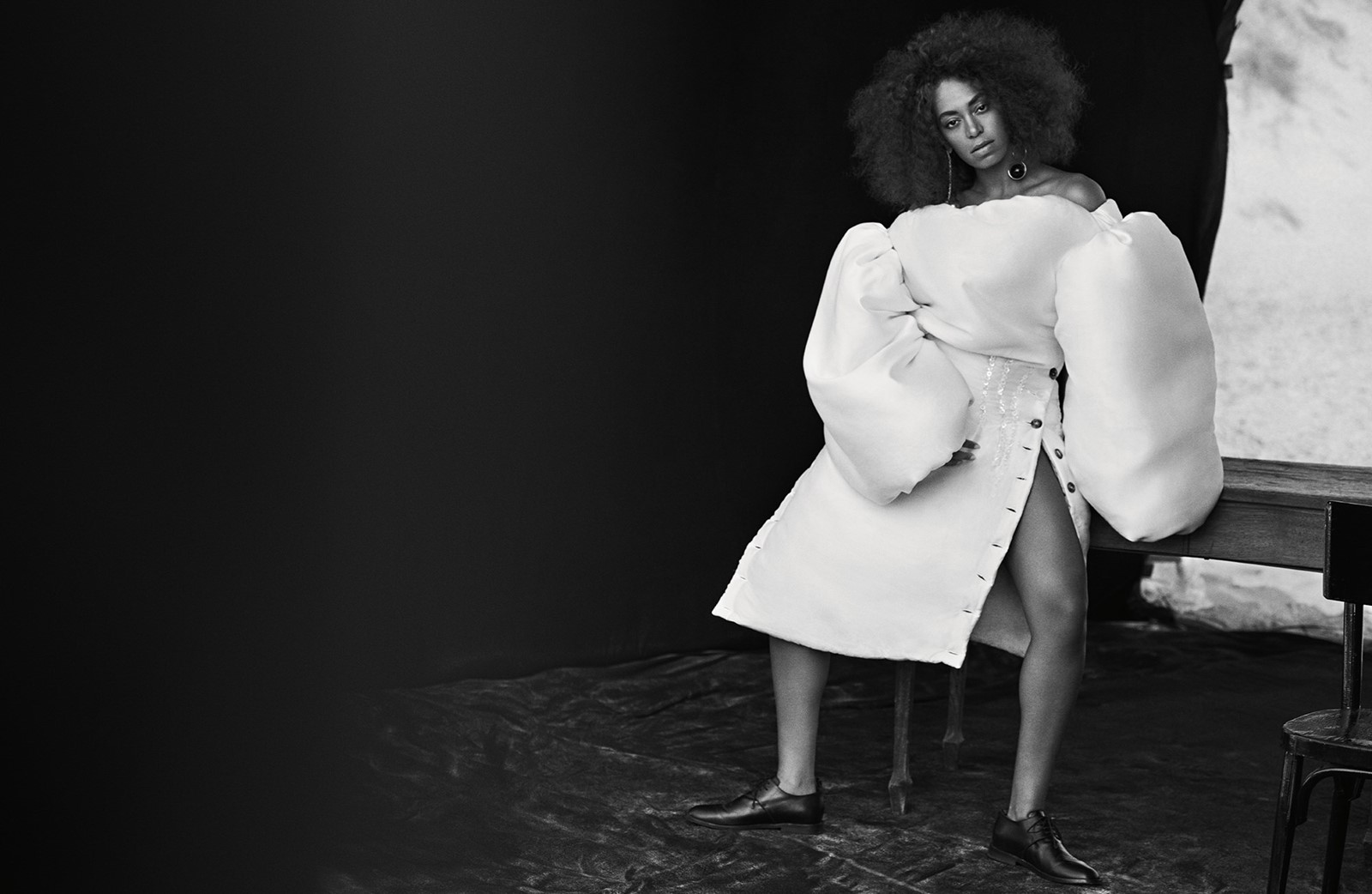
She shopped a small collection of songs to record labels that did not show much interest, until one decided to take a shot on her. Knowles released her first album, Solo Star, in 2002 at just 16 and at the height of the R&B-pop hybrid’s reign over the mainstream charts. The album’s reception was lukewarm and Knowles and her then-husband Daniel Smith had a son together less than two years later. “I was a new mother, I lived in Idaho with my husband at the time, in the middle of nowhere, in a little town called Moscow. And I was so far away from my family. And having a newborn and basically being a baby myself, I missed my mother tremendously.” She spent lonely days playing the hits of the 60s and 70s that her mother favoured. The period produced Knowles’ second effort, Sol-Angel and the Hadley St Dreams. By the time it was released, in 2008, she had divorced and was back living in Texas.
“I was talking to some of my friends about the distance between each of my albums, which averages at four to five years. They were asking whether I was conscious of that. But I really don’t seek out to make a project unless I feel like I have something to say, something to dismantle, something to explore.”

Post Hadley St, Knowles went back to writing music for other performers, which, she says, “was really frustrating for me, because I had been writing pop music for my sister and Destiny’s Child, as well as other artists. I love writing pop music, I just wanted it to celebrate some of life’s intricacies and I felt like they could be internalised within pop music.” So came True, a seven-track EP, produced in tandem with her close friend and fellow musician Devonté ‘Blood Orange’ Hynes, which was a perfectly formed antidote to the usual homogenised pop. Undoubtedly penned from personal experience, she confesses to an ill-fated relationship on Losing You; admission of a losing game in Some Things Never Seem to Fucking Work and painful introspection in Lovers in the Parking Lot; songs with lyrics so intimate they almost feel ripped from the pages of her diary. “I recorded that album in ten living-rooms across America and it allowed me a lot of freedom. It was the first time I recorded with a handheld mic, which is a very personal way for me to record my vocal. After True, I had overwhelming feelings about how it was talked about, who it reached, who felt ownership over it and that was kind of the impetus to create A Seat at the Table.”
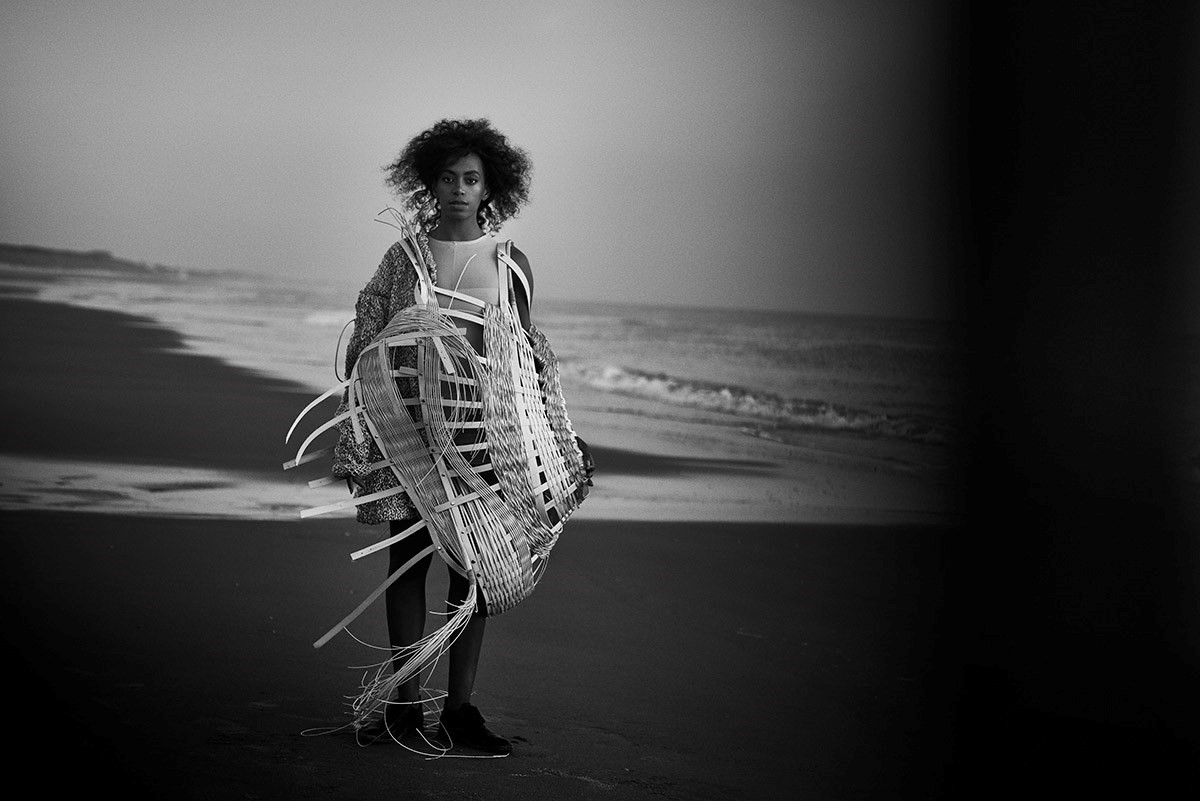
To conduct this interview, I call Knowles a week or so after her 31st birthday, which she spent in Oslo – more specifically in the garden of Vigeland Museum, north of the city centre, where she had headlined a small festival that couldn’t have held more than a few thousand people. The audience was young and mostly white and, when Knowles broke out into powerful interpretative dance in Weary or crooned about her right to feel Mad on the eponymous track, she was met with roaring cheers. I sense that she has become a conduit for a previously unspoken message: the tiredness that black people feel every day about the lack of progress there has been since the stories told by their parents’ parents, and in these admissions she’s appealing to a black audience without alienating a white one.
“It has been quite a journey to tour this album, to say the least,” she says. “To be able to connect on the road with people who this album has reached and touched is incredibly rewarding. Especially because in some places, I’ve seen very few people of colour. It has overwhelmed me in such a powerful way. I have the utmost gratitude that essentially myself and my band can just be used as vessels for communication.”
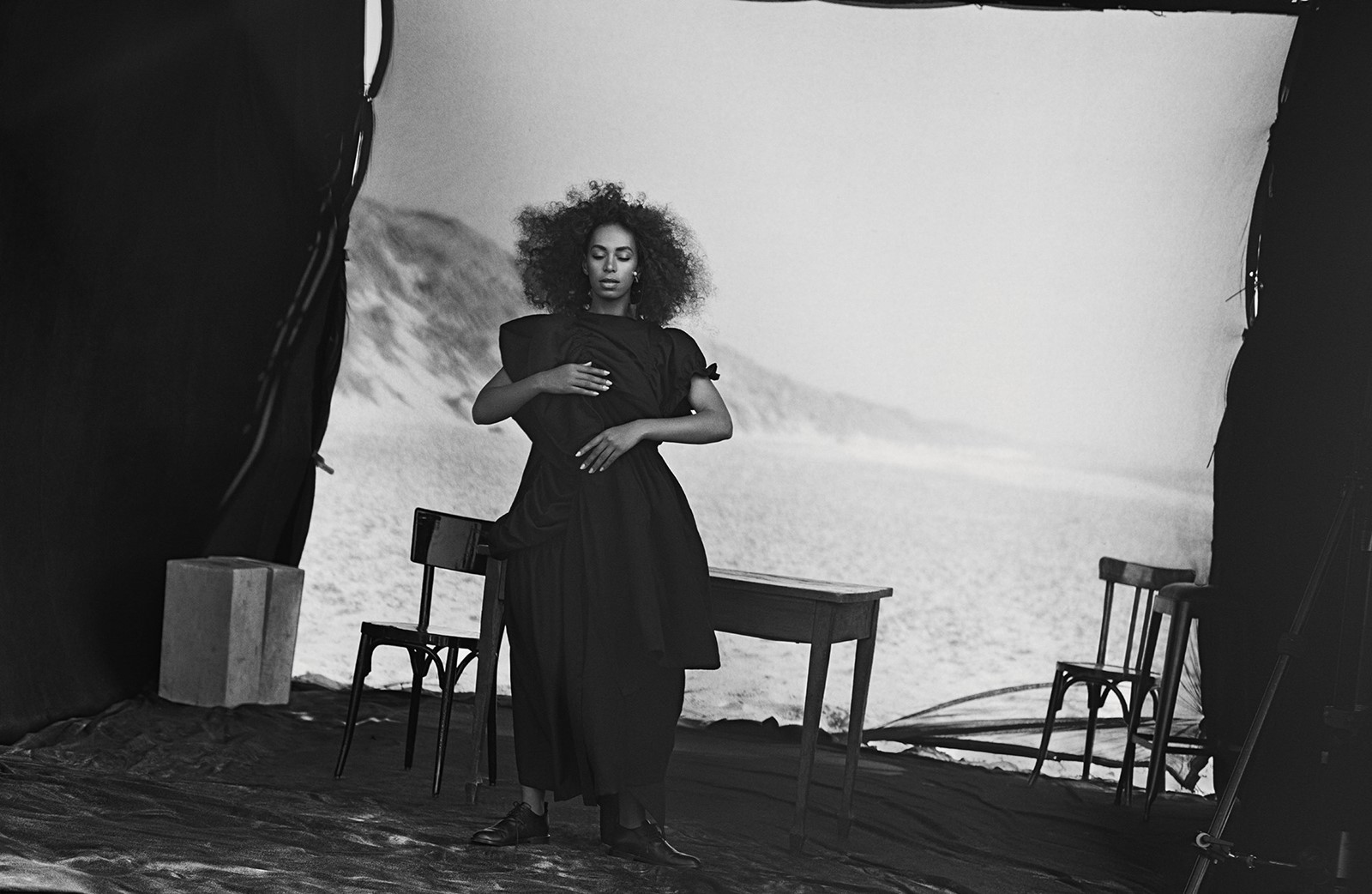
It is raining. Occasional droplets at the start of Knowles’ performance become a solid downpour about halfway through. At that very moment, a young Somalian girl named Nadifa, who lives ten minutes from the festival venue, touches my shoulder, tears in her eyes. When I ask why she is crying, she explains, overcome with emotion, “This means so much to me. Everything she says has happened to me and I have had no one to listen to my story, particularly here in Oslo. She says it all for me.”
A scroll in comments under Knowles’ videos and performances on YouTube tells a similar story: streams of commendations, shared experiences, adoration of her powerful lyrics and the freedom of expression they give their listener and yes, love of her hair. She has compounded a personal narrative and has taken it public, creating a dialogue with Nadifas all over the world – those who not only just get it, they live it. Knowles empowers them through any indignity suffered, imbuing them with the confidence to be unapologetically black.
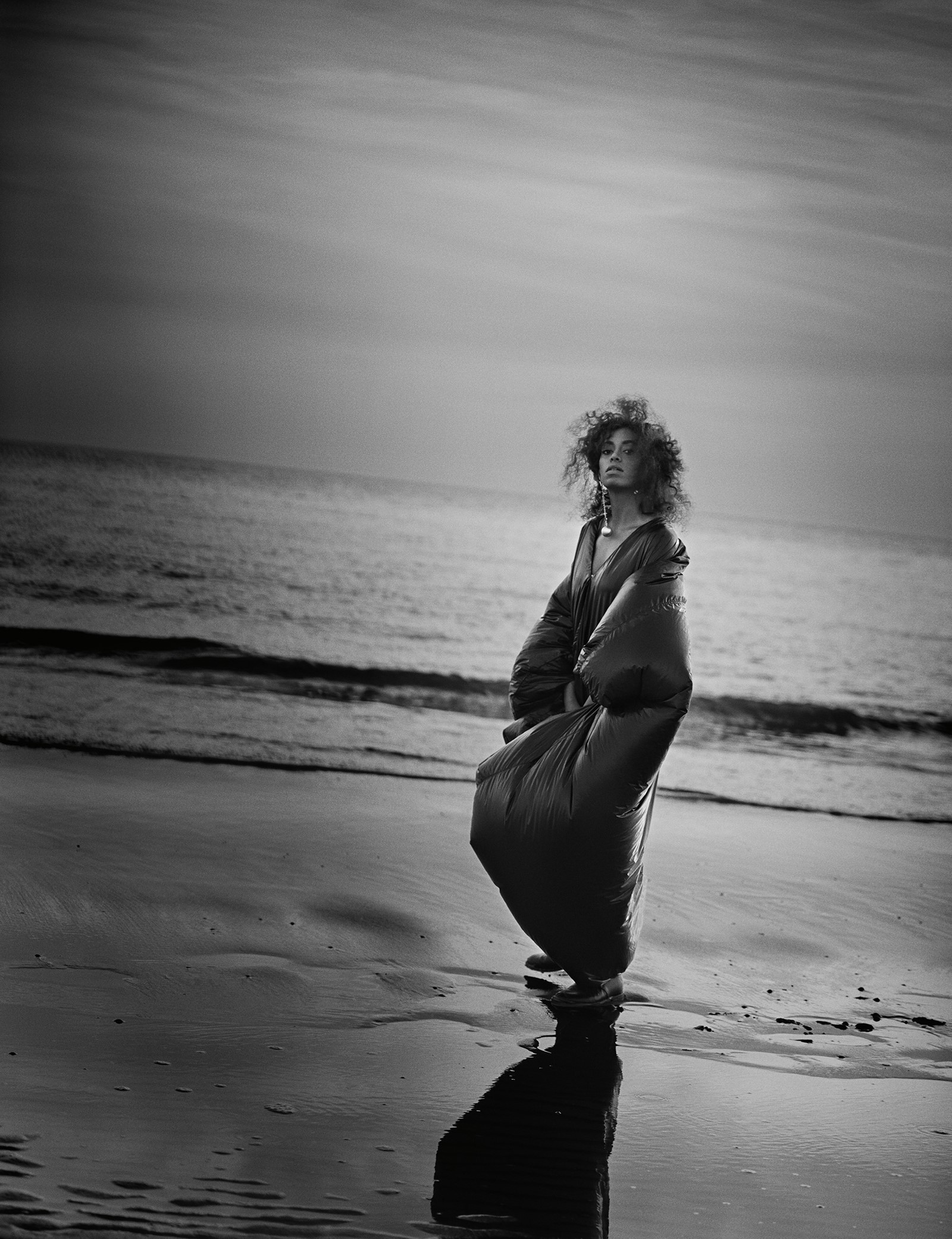
A missed flight and packed schedule means my Oslo time with Knowles is cut short, and so begins a prolonged cat-and-mouse game to put us in touch. It’s understandable, as she is zig-zagging between Europe and the US, quenching demand for her emotive live performances. When we speak on the phone, she’s in transit, on the road from Slovakia to Vienna, to catch a flight to Rotterdam, where she will stay for a day before a festival gig in the South of France, then a jazz festival booking in Switzerland followed by a top-billed slot at London’s Lovebox. In her live shows, she brings on a tight edit of backing vocalists, drummers, keyboard, bass and guitar players as well as two hornists who all join her in wearing white ensembles against a blood-red backdrop and playfully interact throughout the set, co-ordinating dance moves one moment, spontaneous giggles and jam sessions the next. And wherever Knowles calls, her followers will come. She recently put on a part-musical performance, part-installation in the Guggenheim’s famed rotunda (a space she had particularly requested) that was entitled An Ode To, in which she asked spectators to wear white and surrender their phones on entry as a troupe of more than 60 dancers, musicians and vocalists created sonic and physical interpretations of her vocals. A review in The New York Times called it “a sanctuary of dance... she skittered across the stage and convulsed on the floor, a suggestion of the tearing down” of the art world’s notorious history of exclusion of people of colour.
“It was such a phenomenal experience,” she remembers. “and all about community. It was an ode to all of the experiences that have nurtured me leading up to that moment. An ode to all of the black women artists who have come before me who made that performance a possibility.
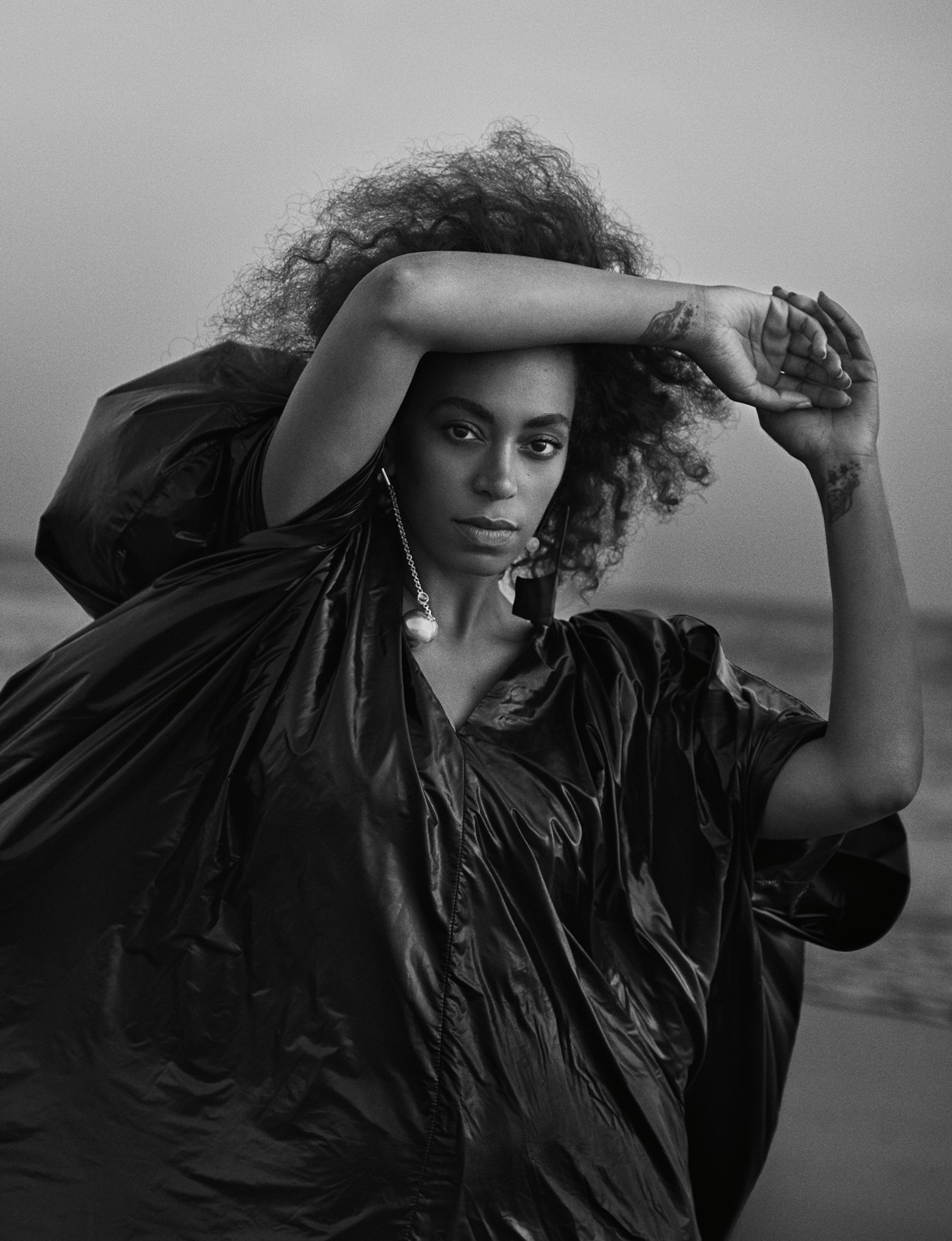
“It was really about the idea of who belongs in some of these spaces and institutions that have historically told us either we don’t belong or if we do belong we have to behave and look a certain way,” she continues. “There were a lot of challenges that came up [with the Guggenheim performance] that made me feel like I couldn’t do it, that I had taken on a load that was much bigger than I could handle, but I knew I was gonna pull through, and it was just phenomenal. Much bigger than me. I will revere and remember that feeling forever.”
Commonality is central to Knowles’ output; she keeps her people close. Her list of collaborators are tight and double up as some of her dearest friends – Sampha, Adam Bainbridge (aka Kindness), Moses Sumney, and fellow vocalist Kelela. Her website Saint Heron champions musicians, artists, designers and cultural events that fit into a Solange Knowles style ecosystem – and has swelled to include collaborations with The Metropolitan Museum of Art and black-owned business directories. “I created Saint Heron to be a reference point to discover artists of colour and create conversations that I felt really needed to be had. That sort of stuff really brings confidence to what they are doing.” If ever proof were needed that Knowles is a symbol of her times it is here. Because whether through her digital platform, her live shows or her intimate albums, she offers many a sense of belonging they have never felt before, a feeling that they are not alone. Through a movement spearheaded by unyielding black women such as Solange Knowles, they can go on to define what has always been defined for them, whether it be their hair, their past or their futures. All while following her own agenda, Knowles has created songs that seep into the collective consciousness and matter so much to black women that have long been marginalised. In 1962, Malcolm X gave a speech at the funeral of the Nation of Islam officer, Ronald Stokes, in which he said that “the most disrespected woman in America is the black woman. The most unprotected person in America is the black woman. The most neglected person in America is the black woman.” A Seat at the Table suggests that sadly this may still be true, but as a healing, feminist record and cultural signifier, it is undoubtedly aural therapy for all those who press ‘play’. It’s the light at the end of the tunnel, balm for the open wound.
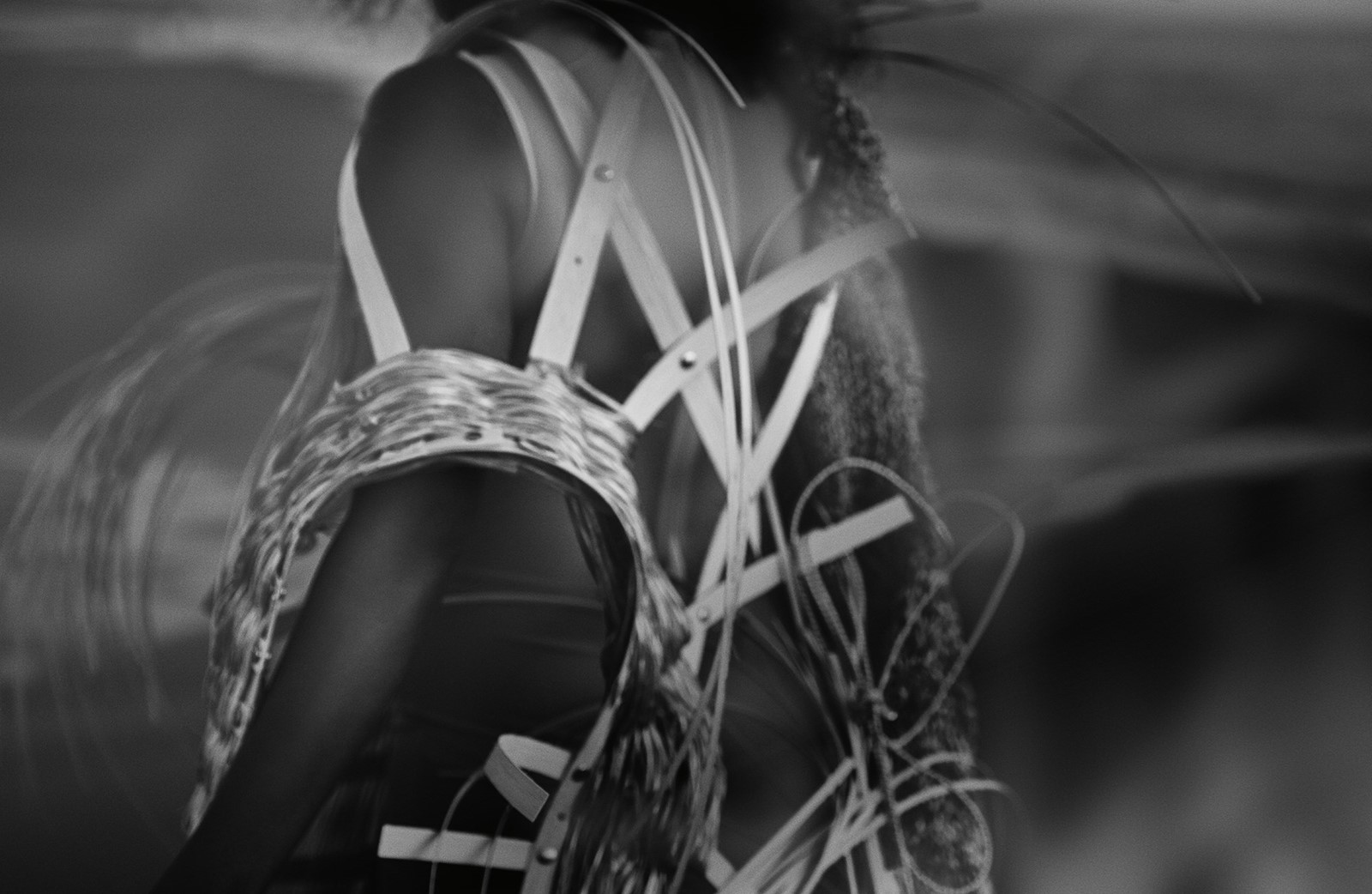
Despite its critical acclaim, Knowles concedes that, to her, the album is a stop, albeit a notable one, on the slow and steady ascent that has defined her career. She admits, through song, that she’s figuring it out as she goes along. “I’d love to say, ‘Yes, I worked on the album, delivered it and it solved all of my problems and all of the complexities for me,’ but it didn’t. I’m trying to work through everything I felt on the album; it’s a work in progress.” Describing intense panic attacks after performing her first six shows – having to relive words from the album each night – she realised that she had been reopening old wounds.
“I thought I had been healed from them. I made this record to find some sort of reconciliation with myself and how I acted in the world. It’s been really interesting trying to figure out how to have that conversation with the people who love this record because, really, I had to do this album to try to make myself a better human – so it’s been so wonderful and humbling when you start at the root of that and then see how it can grow.”
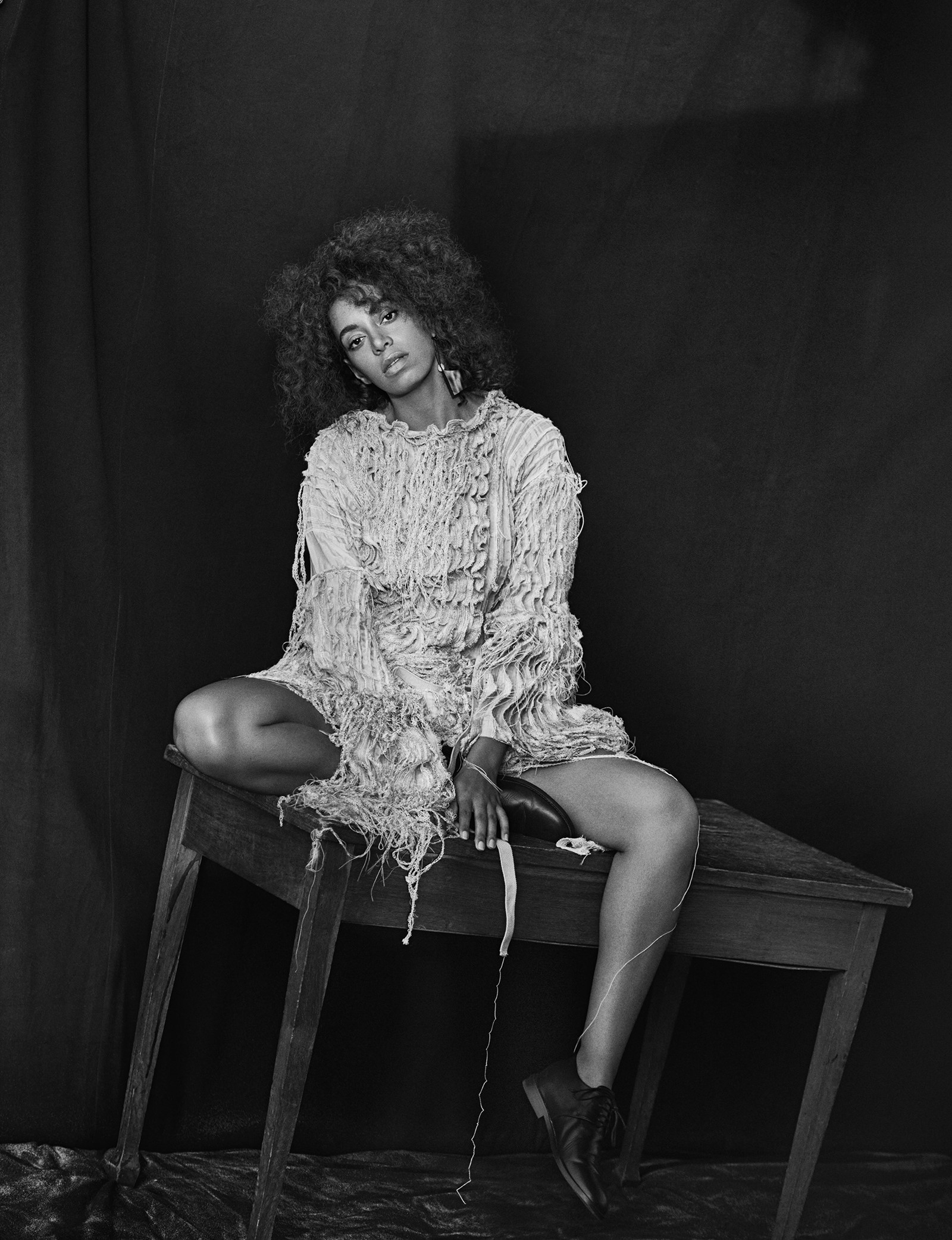
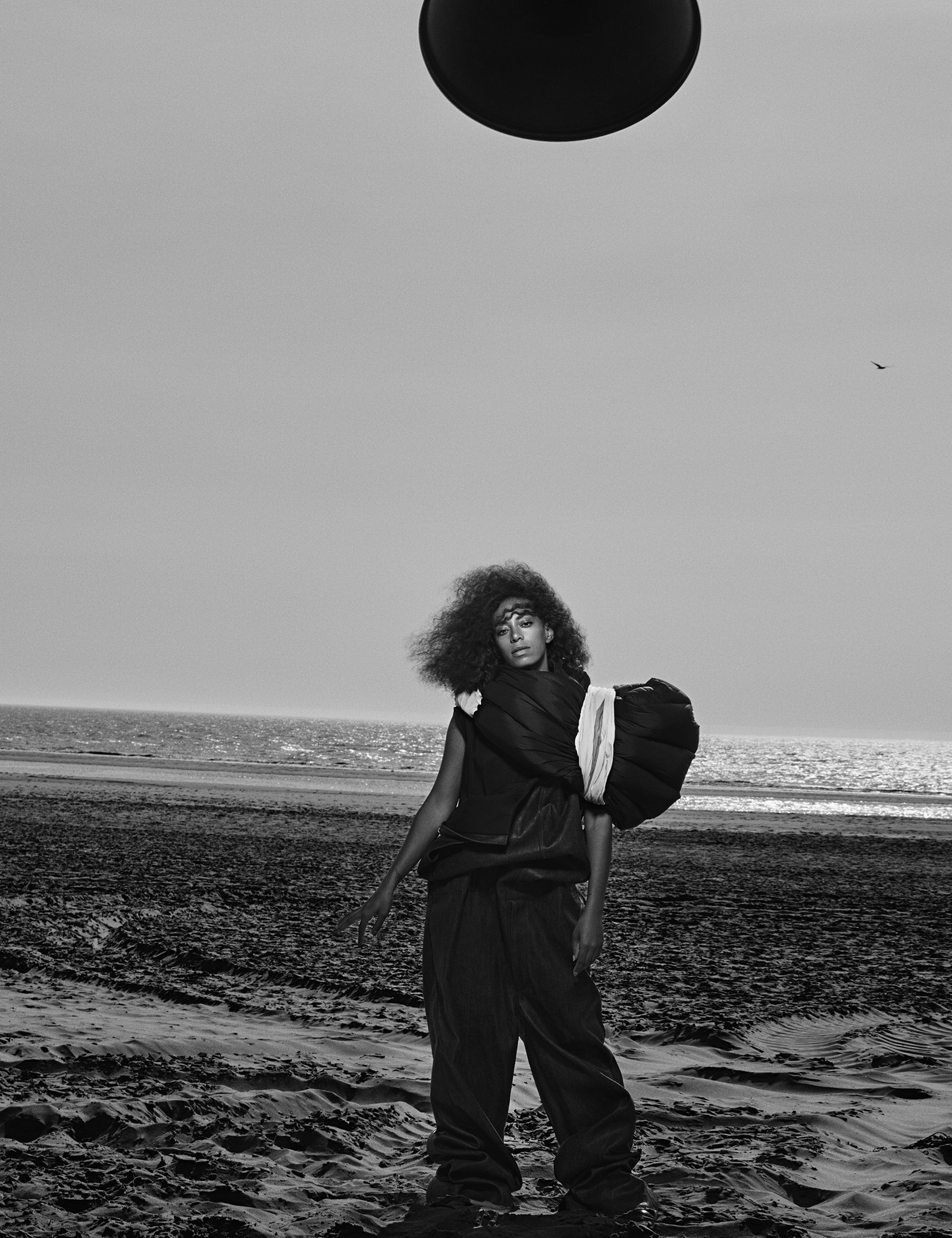
Hair: Jawara at Bryant Artists using BUMBLE AND BUMBLE; Make-up Karim Rahman at Streeters; Set design Jean Hugues de Chatillon; Manicure Mike Pocock at Saint Lukes using CHANEL Le Vernis in Ballerina and Body Excellence Hand Cream; Digital tech Amelie Ambrosie Lafond; Photographic assistants Stefan Rappo, Thomas Lachambre, Hugo Mapelli, Joris Rossi; Styling assistants Katie McGoldrick, Andreea Georgiana Rădoi, Diego Diez; Set design assistant Guillaume Drouot; Fan technician Armel Cessa; Production Carole Blond at 2B Management Paris; Production assistant Margaux Huguet at 2B Management Paris; Post-production Red Line.
This interview originally featured in the Autumn/Winter 2017 issue of AnOther Magazine which will be on sale internationally from September 14, 2017.
